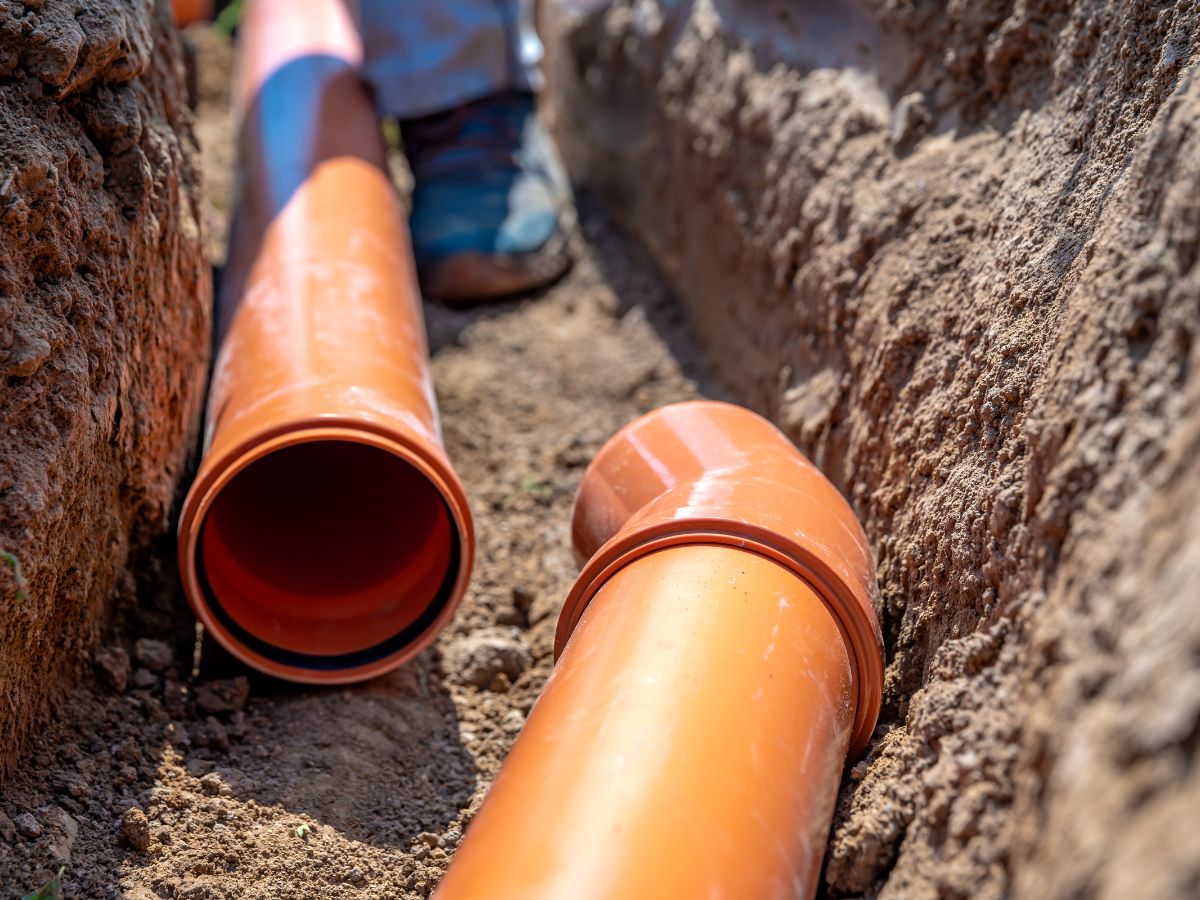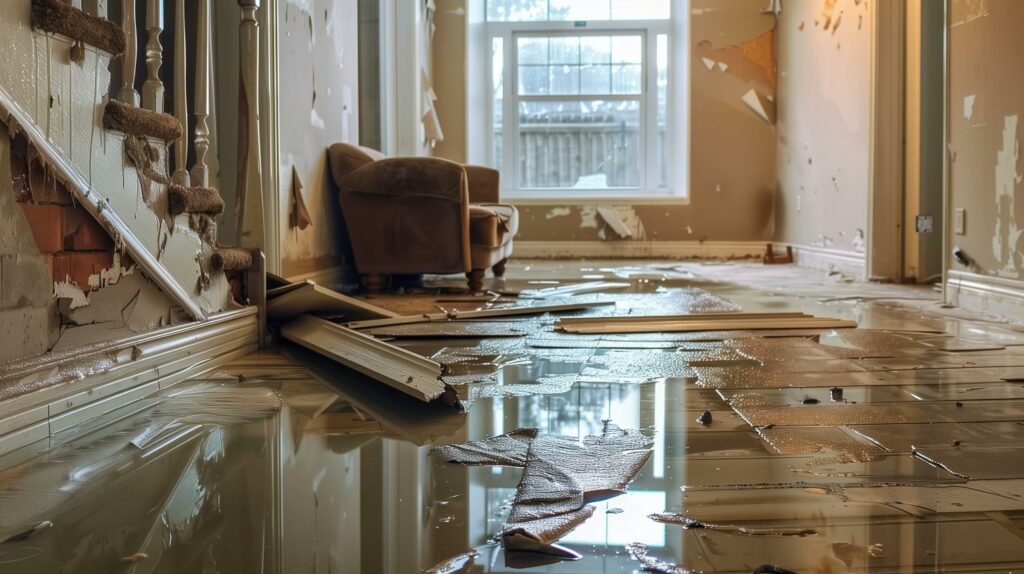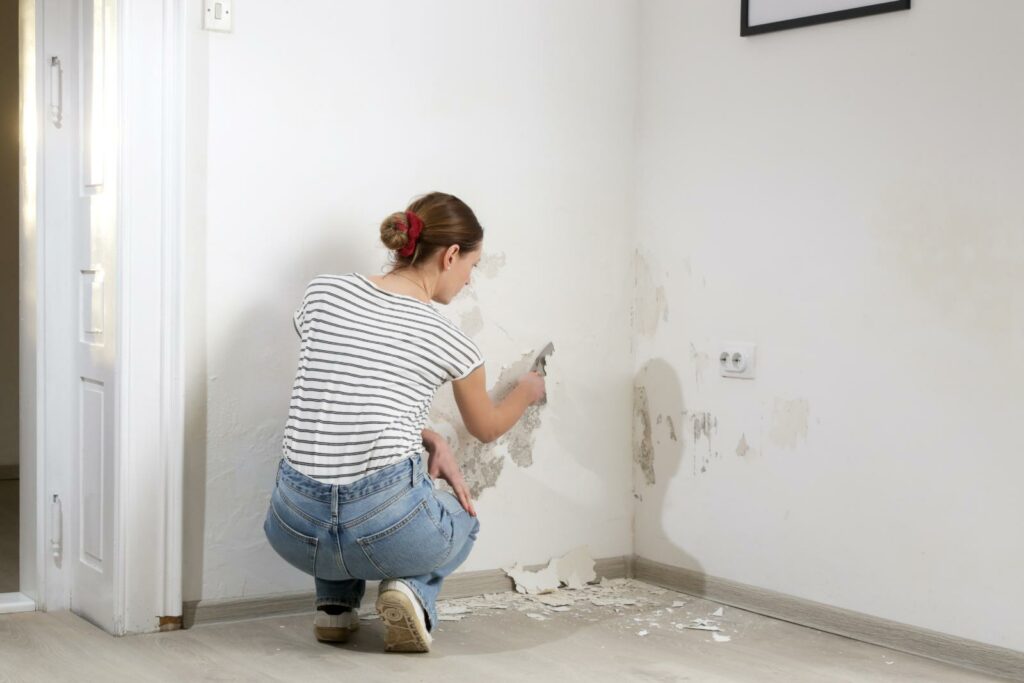Contents
Content Summary:
- One of the most unpleasant things that can happen is sewage backup.
- Sewage backup problems must be addressed immediately to avoid the implications above.
- When a sewage backup is discovered, it is critical to contact a professional as soon as possible.
- Stay away from the affected areas.
- If you haven’t already, hire a professional to deal with the problem.
One of the most unpleasant things that can happen is sewage backup. When wastewater, dirty water, or sewage meant to go into the sewer comes back up into the toilet, sink, or drain, it is referred to as sewage backup. This backup could be due to a clog in the sewage pipe or damage to the pipes. It is an experience that no one should have when staying in a building, whether their home, office building or any other structure.
Sewage backup can be a living nightmare because of the many risks it poses to the people in the building and homeowners. Due to the many hazardous microorganisms, viruses, and bacteria in sewage, and poisonous and destructive elements like pharmaceutical medication residues, protozoan, fungi, and pesticides, a sewage backup can cause various ailments, illnesses, and even death. Sewage problems must be addressed immediately to avoid the implications above. When a backup is discovered, it is critical to contact a professional as soon as possible.
Causes of Backup
A Clogged Pipe
Clogged pipes caused by hair, tissue paper, soap scum, grease, and other materials are the most common reasons for sewage backup. Diapers, cleaning wipes, napkins, and other bathroom supplies should never be flushed down the toilet or drain; they should be disposed of properly in the garbage. Failure to do so will cause pipe blockage.
Blockage by Tree Roots
Another major source of sewage backup is roots that occur from roots growing into and around the pipes, breaking or puncturing holes in them. Tree roots from nearby or distant trees will clog the pipes.
Old Pipes
Pipes in old structures are likely also to be old with a significant danger of deterioration and collapse. Old pipes are another major source of sewage backup because the materials employed, such as clay, cast iron, Orangeburg, and PVC, are durable but also temporary and will wear out over time, resulting in a backup.
How to Handle Backup
It is natural to want to clean up after a backup. However, it is not recommended or encouraged because of the many poisonous chemicals and toxic biological materials that are very contagious and dangerous in the sewage. However, you can do a few things while you wait for the professionals to arrive.
- Stay away from the affected areas. Sewage is a biohazard, meaning it is dangerous. So, it is best to stay away and let the pros handle it.
- Shut off the building’s main water valve and don’t use the toilets or sinks until the backup is fixed.
- Ensure that all electrical power is turned off in the flooded area and no one goes near any electrical device.
- Wear safety gear, including gloves, rubber boots, and a facemask if you need to go around the affected area.
- Allow cross ventilation by opening all doors and windows.
- Contact your insurance company if the sewage backup damages your building.
- If you haven’t already, hire a professional to deal with the problem. Choose a trusted professional like A professional, which guarantees good sewage cleanup and removes mold.
A sewage backup is not something to be taken lightly and should be dealt with seriously. It is preferable to take proactive measures to eliminate the possibility of a sewage backup occurring in the building rather than searching for solutions to the problem after it has occurred.
Look at our directory of amazing home service professionals and start calling them to find if they are the right fit for you!




